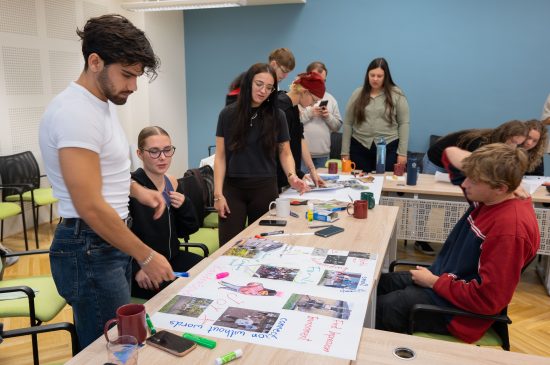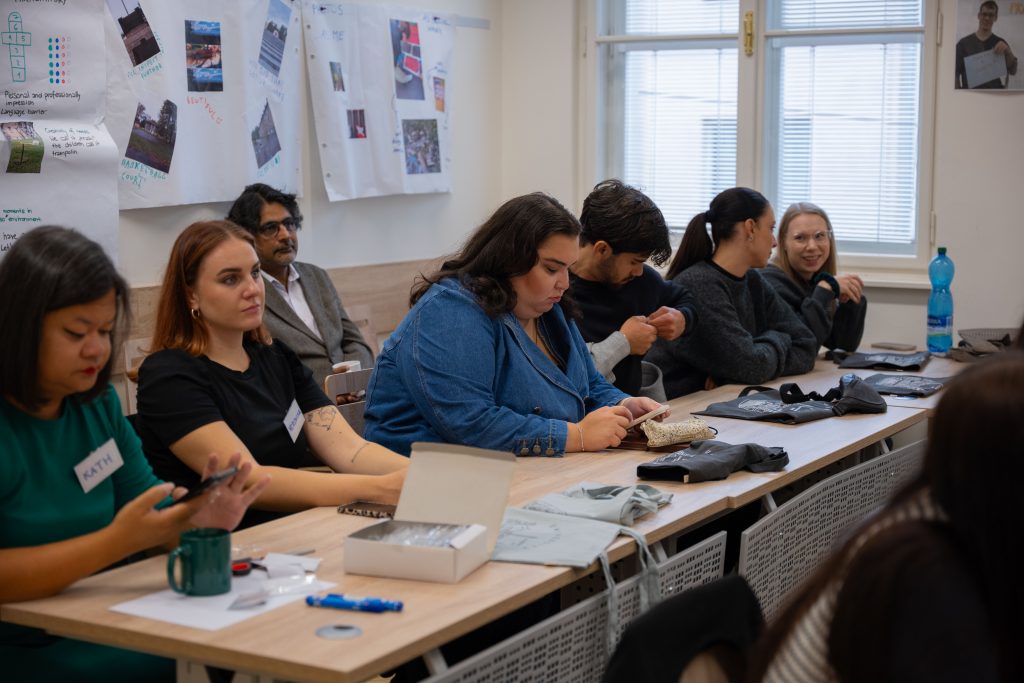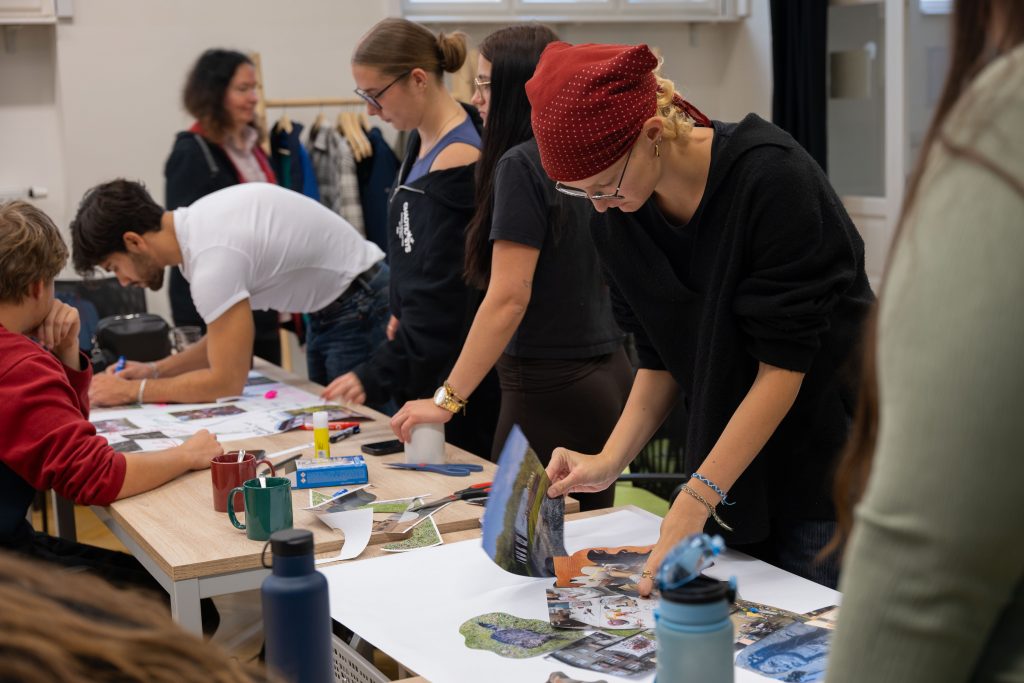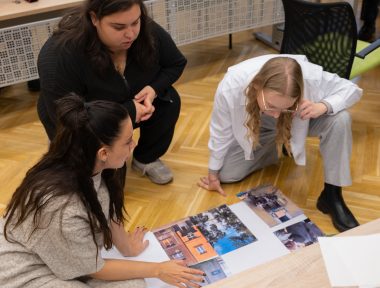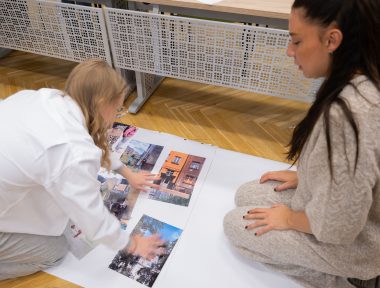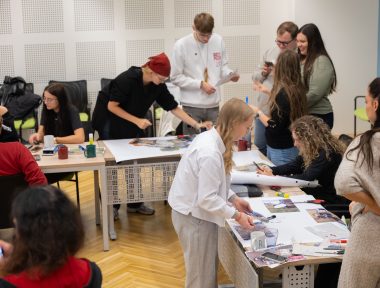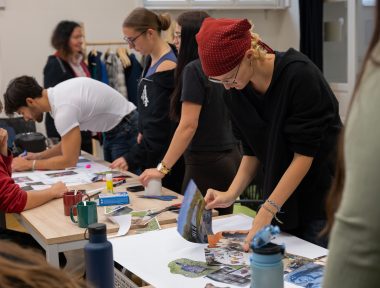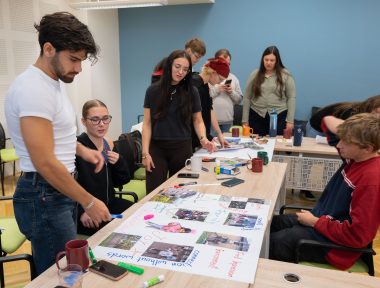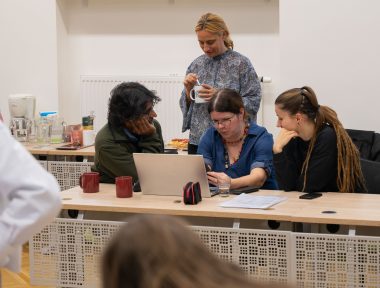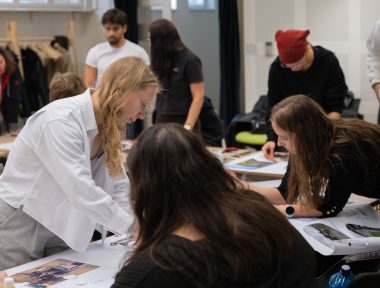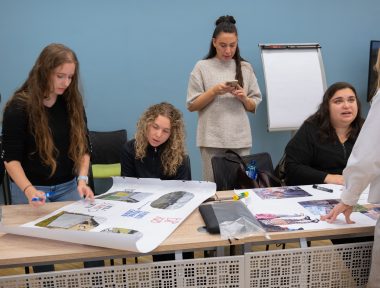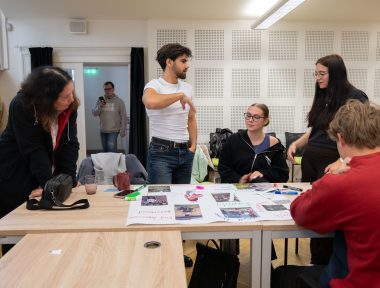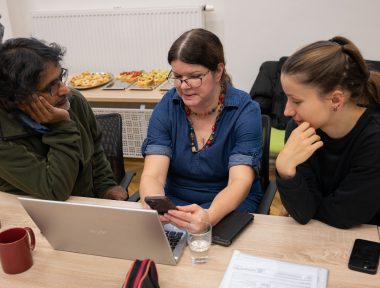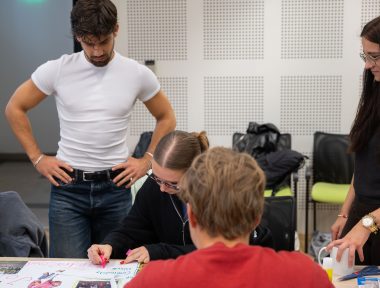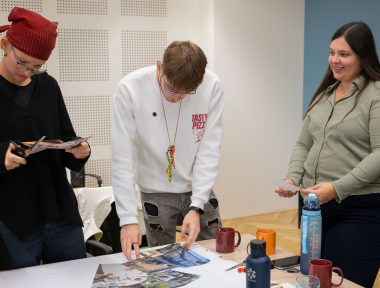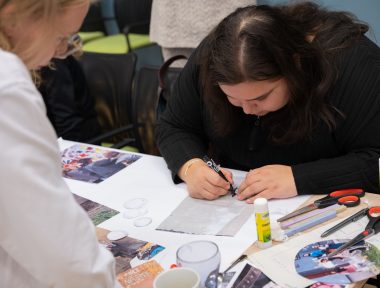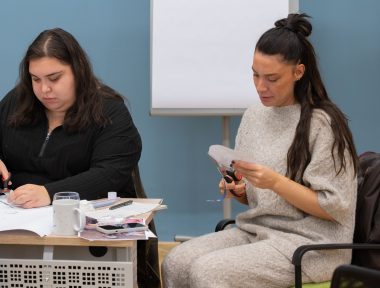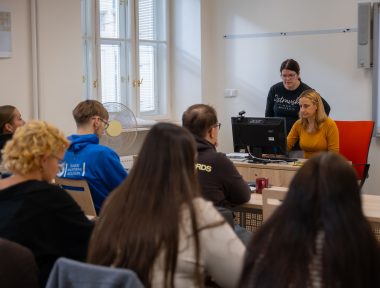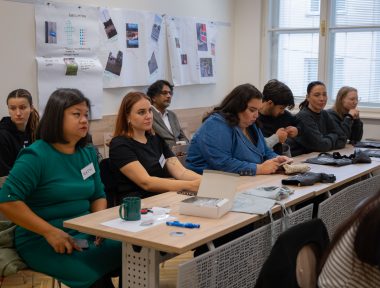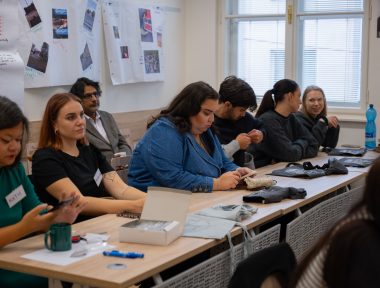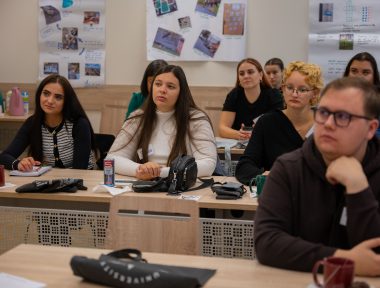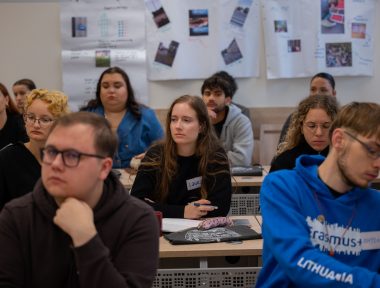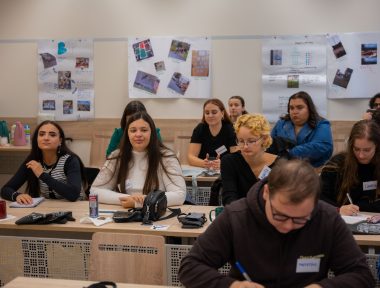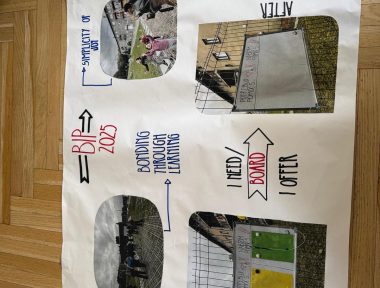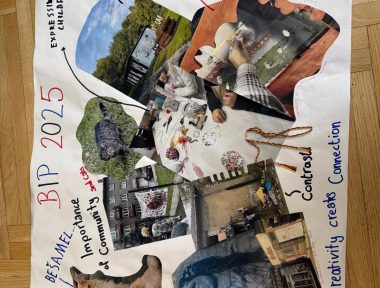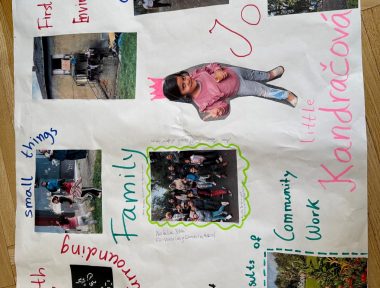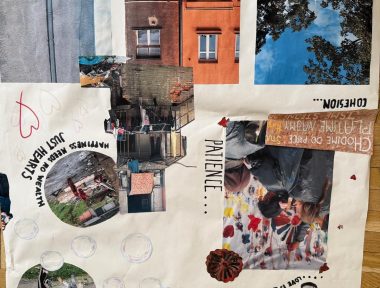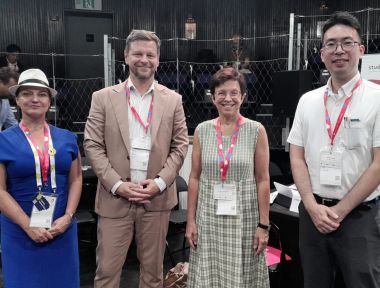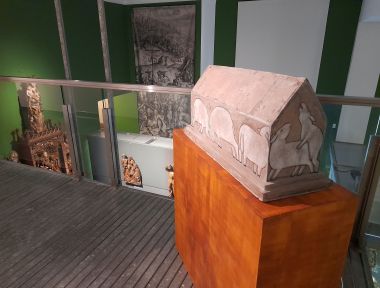International partners included Šiaulių valstybinė kolegija from Lithuania, Frankfurt University of Applied Sciences from Germany, University of Ljubljana from Slovenia, and FHV – Vorarlberg University of Applied Sciences from Austria. Our BIPs have a clearly designed continuity – from theoretical aspects of urban space to direct work in communities.
The 2025 edition provided the most hands-on and intensive work yet, entitled “Communities in Action”, engaging students from Austria, Germany, Slovenia, Lithuania, and Czech Republic. For the first time, not only social work students but also students of architecture came together. This interdisciplinary connection brought new perspectives and fostered discussion on how spatial and social approaches to community work can be combined.
Following the opening lectures on socially excluded localities, participants visited the Jílová area, gaining insights into the everyday lives of residents. The students met with children and young people from the community in a low-threshold centre, and began to reflect together on how they could make a meaningful contribution to the community over the course of the week.
On Wednesday, they returned to Jílová with prepared activities. Small work teams organised art workshops, sports games, and bracelet-making for local children. One of the teams also created a community notice board for offers and requests—a simple but effective tool for sharing small forms of mutual assistance among residents—from lending tools to helping with babysitting.
According to feedback from participants, “it was a moment when the barriers between students and residents naturally dissolved.” A moving highlight of the day was a spontaneous cultural experience—a Roma children’s choir that opened the afternoon programme. Their singing drew in other residents and created an informal meeting space that went beyond the planned activities.
Thursday’s part of the programme was focused on the Bedřiška community, which was included as a contrasting example of community development driven by the residents themselves. The students met Mrs. Lehocká, who shared a story about the power of neighbourhood, civic engagement, and the right to have a home. For many, it was a profound experience—according to one participant, “it was inspiring to see that change can come directly from within the community if there is trust and mutual responsibility.”
The programme also included an informal evening gathering – international students attended the university hockey derby between the University of Ostrava and VŠB-TUO, where they experienced the local academic atmosphere.
Friday morning was dedicated to a “photovoice” method, during which students reflected on their experiences through visual collages. Reflections showed that the programme had not only an educational but also a strong personal impact. Some participants expressed interest in continuing the work they had started – four architecture students plan to return to Jílová next year, and one student of economics from Lithuania intends to initiate cooperation as early as this summer.
This edition confirmed that a BIP is not just a short-term study programme, but a living platform for connecting disciplines, cultures, and perspectives that can truly stimulate interest in community work in practice. “We didn’t go to Jílová just to try something out – we were there with the people, not for them,” reflects Kumar Vishwanathan, one of the colleagues involved.


 2 min.
2 min. 